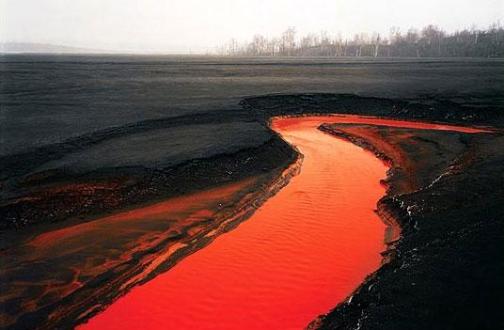This article was provided by the Ontario Mining Association (OMA), an organization that was established in 1920 to represent the mining industry of the province.
The Ontario Mining Association and member company Noront Resources in partnership with DAREarts and Engage Learn recently held two mining movie making youth camps for high school students. The two-day camps held in Red Lake and in Thunder Bay are in support of the OMA’s high school video competition So You Think You Know Mining.
The teaching team included Lesley Hymers, OMA Environment and Education Specialist; Kaitlyn Ferris, Noront Manger Corporate Responsibility; Laura McKinnon, an art teacher from DAREarts; and, Eli Bardikoff from Engage Learn. Also, educators from the high schools involved participated.
The first mining movie making workshop was held at the Red Lake District High School. Twenty five students from a communications technology course and the specialist high skills major in mining program in Red Lake were involved. Several student teams completed shooting footage and recording voice overs for their productions, while others were able to initiate the film editing process.
























